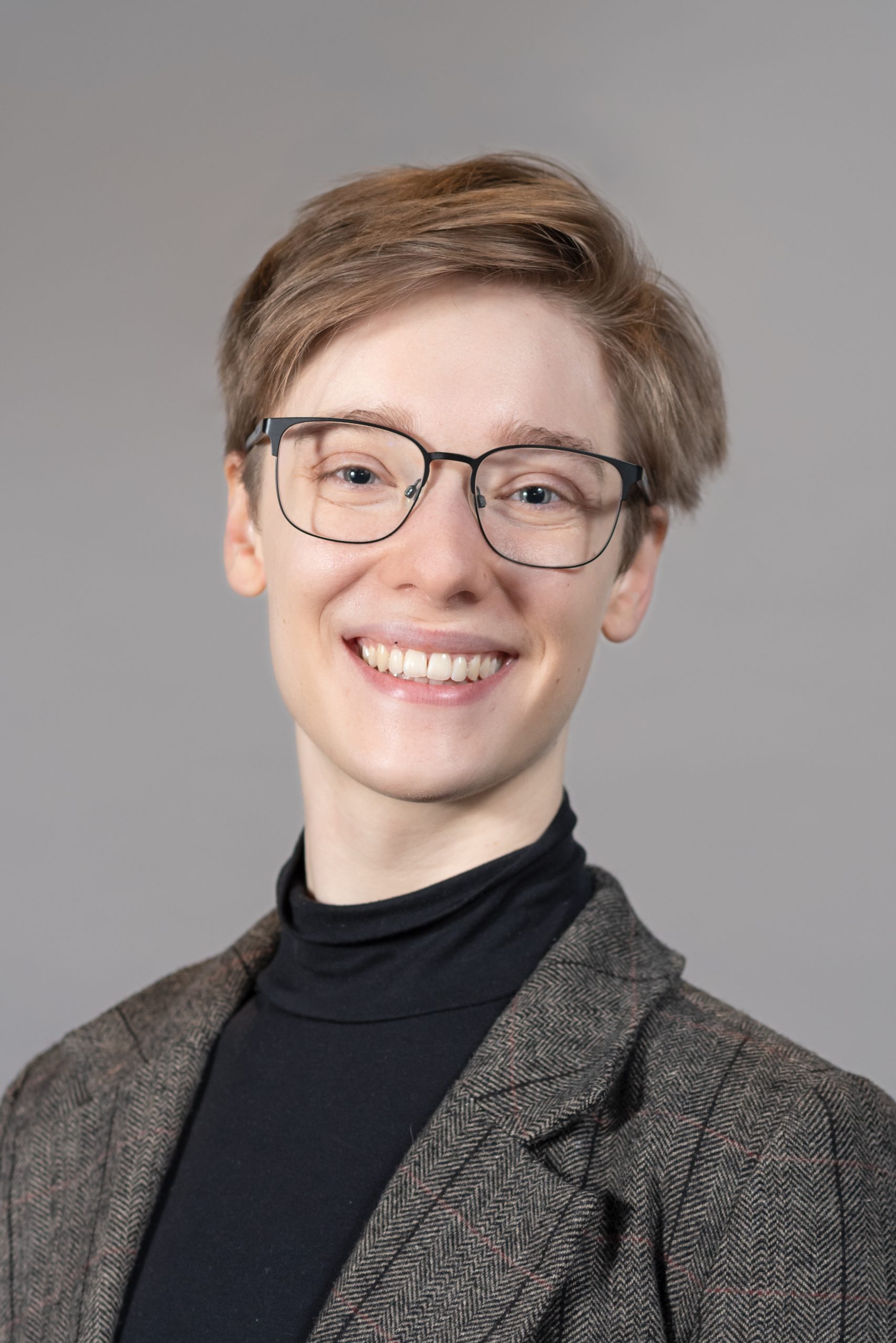116 3rd St SE
Cedar Rapids, Iowa 52401
Home / News / Health Care and Medicine
Kirkwood Community College simulation teaches students real-world collaboration
This is the first time in five years the school has hosted the cross-department training event
 Fern Alling
Fern Alling Nov. 12, 2025 6:12 pm
The Gazette offers audio versions of articles using Instaread. Some words may be mispronounced.
CEDAR RAPIDS — Respiratory therapy student Marlen Lizama worried she’d freeze up when she entered the emergency room on Wednesday. She didn’t know what to anticipate, aside from a hint her instructors dropped about reviewing intubation procedures.
Victoria, a 65-year-old woman entering respiratory failure, was what she got. A team of paramedic students brought her to the hospital after she complained about difficulty breathing. Anxious and dazed, Victoria stammered through the questions a team of students asked about her medical history. Lizama put her intubation skills to work later when Victoria couldn’t breathe unassisted.
Despite her initial nerves, Lizama said she thought coordinating Victoria’s care went smoothly.
“I got to talking with the nursing students right away and the paramedics right away. And we kind of just all just clicked together really well, and it went really, really well,” she said.
Although Victoria can talk, bleed and produce a pulse, she isn’t real. She’s one of the 10 mannequin-esque simulators at the Kirkwood Community College’s Katz Family Healthcare Simulation Center. While the center regularly runs simulations for individual programs, this was the first exercise to bring nursing, paramedic and respiratory therapy students together since 2020. Faculty and students alike said the experience would prepare students for the fast-paced, collaborative nature of real medical emergencies.
“The nursing students are like, ‘What should we do?’” Kiley Jordan whispered as she watched the exercise unfold. “Come on, assess, guys, assess!”
Jordan, an assistant professor of nursing at Kirkwood, Jeremy Kay, an adjunct professor of respiratory therapy, and Alec Battien, a simulation tech at the Katz center, watched the students intently through one-way glass. Machines beeped in the emergency room as Jordan and Kay prompted Battien to adjust Victoria’s vitals.
“However they’re performing is how we tweak and change,” Jordan said. “If they are not focused on, maybe, their O2 saturation, I can say fine, drop it. So hopefully they will say, oh, something’s going on.”
Each of the facilitators puppeting Victoria carried a pre-written sheet outlining how an actual patient’s vitals would change as the scenario progressed. But, Jordan said, the simulation was still highly improvisational as students’ responses would vary.
Outside of the simulated emergency room where Lizama worked, Kirkwood staff scurried back and forth between five other rooms running the same scenario with a different set of students. Another session later that day and a third on Thursday will give a total of 150 students across the three disciplines the chance to practice helping a patient like Victoria.
“Today seemed chaotic, but that is real life,” said Tiffany Regenwether, simulation center coordinator.
Planning for Victoria’s simulation began in August, at the start of the semester. To develop the interdisciplinary simulation, faculty from each program met regularly with Regenwether to develop the reference sheet used in the scenario. One of the benefits of this exercise, she said, was for students to figure out, in real time, who should perform which task.
“Everybody has their own set of skills that they can do,” Regenwether said. “It's a better way to figure out how we can come together as a team and make sure everything turns out amazing for our patient.”
Lina Madlock a nursing student, said the simulation helped her understand the nuances of a real-life situation that aren’t obvious in a textbook.
“It makes it seem a lot easier in a textbook than it does in real life,” Madlock said. “Maybe the patient isn't able to move the way you want them to move, or you just don't have the certain supplies on the bedside that your textbook said that you would have.”
In the future, Regenwether said she would like to involve students from even more disciplines. Certified medical assistants could practice doing blood draws and EKGs, and radiologists could provide imaging in a simulation.
Ultimately, Regenwether said, the goal is to prepare students for the collaboration they’ll do on a daily basis as professionals.
“We're hoping for them to really look at the big picture and see that [they] can work with multiple people in different disciplines and learn from them,” she said. “It's to help prepare them for their next journey.”
Comments: fern.alling@thegazette.com






 Daily Newsletters
Daily Newsletters